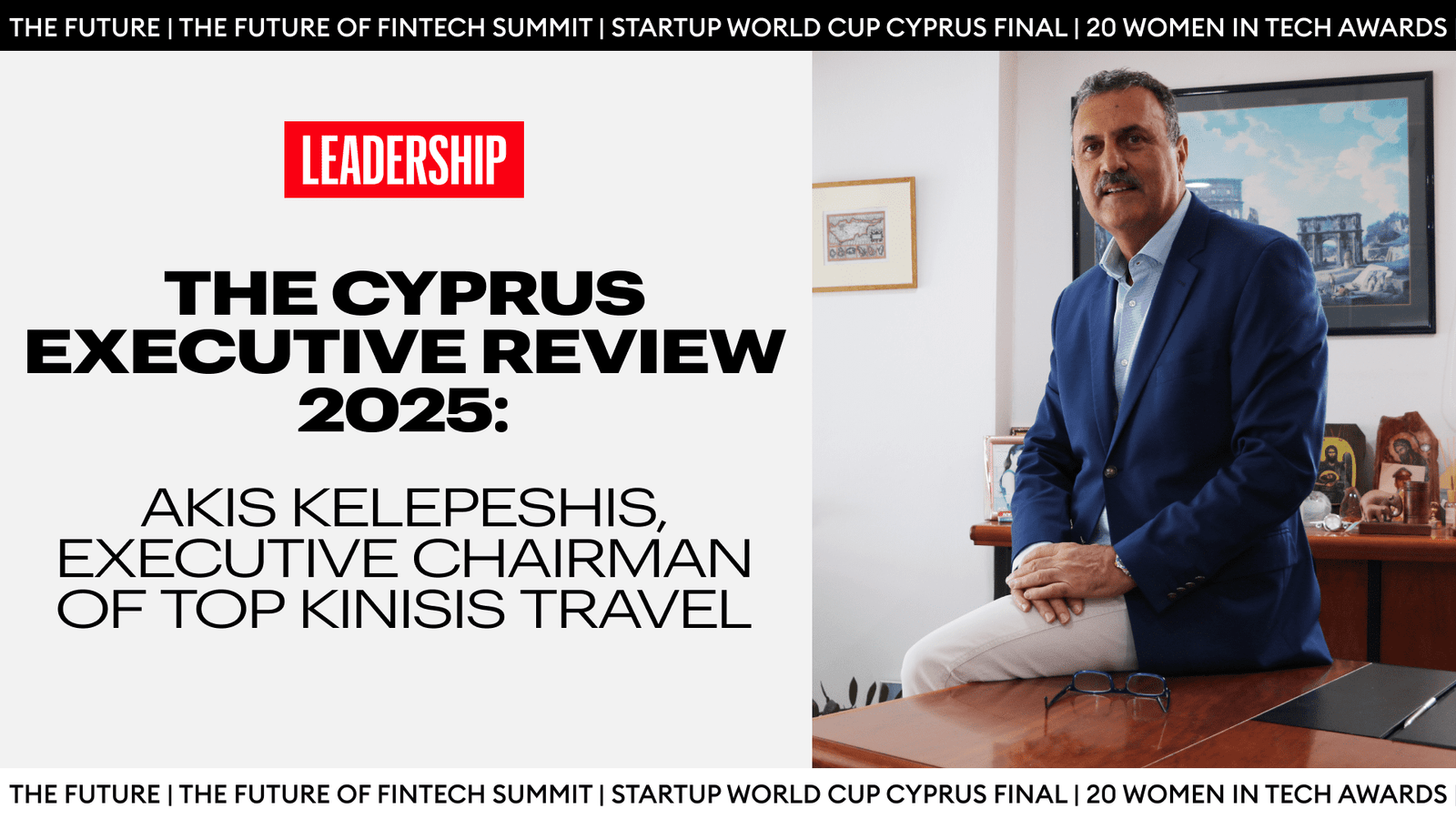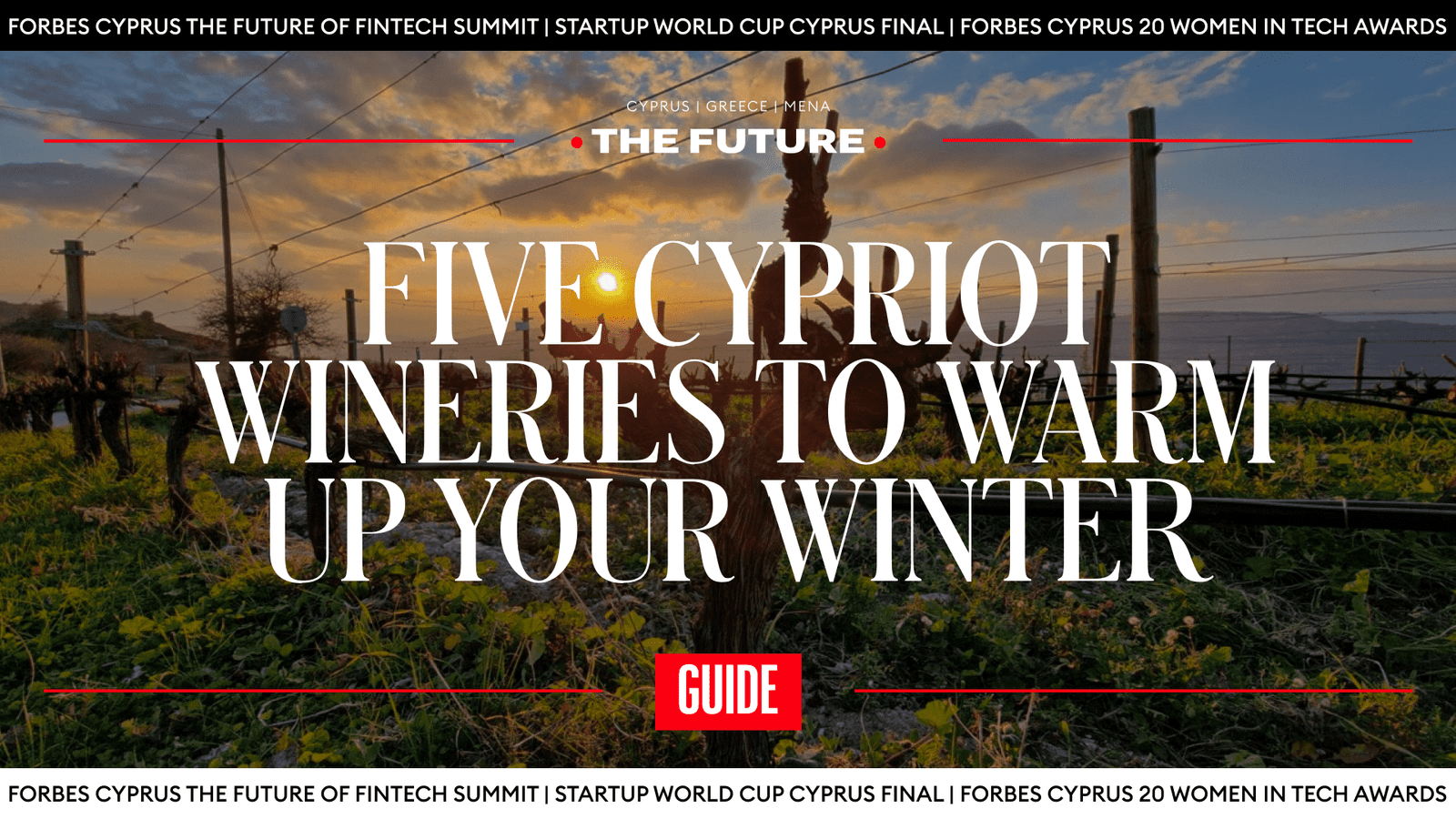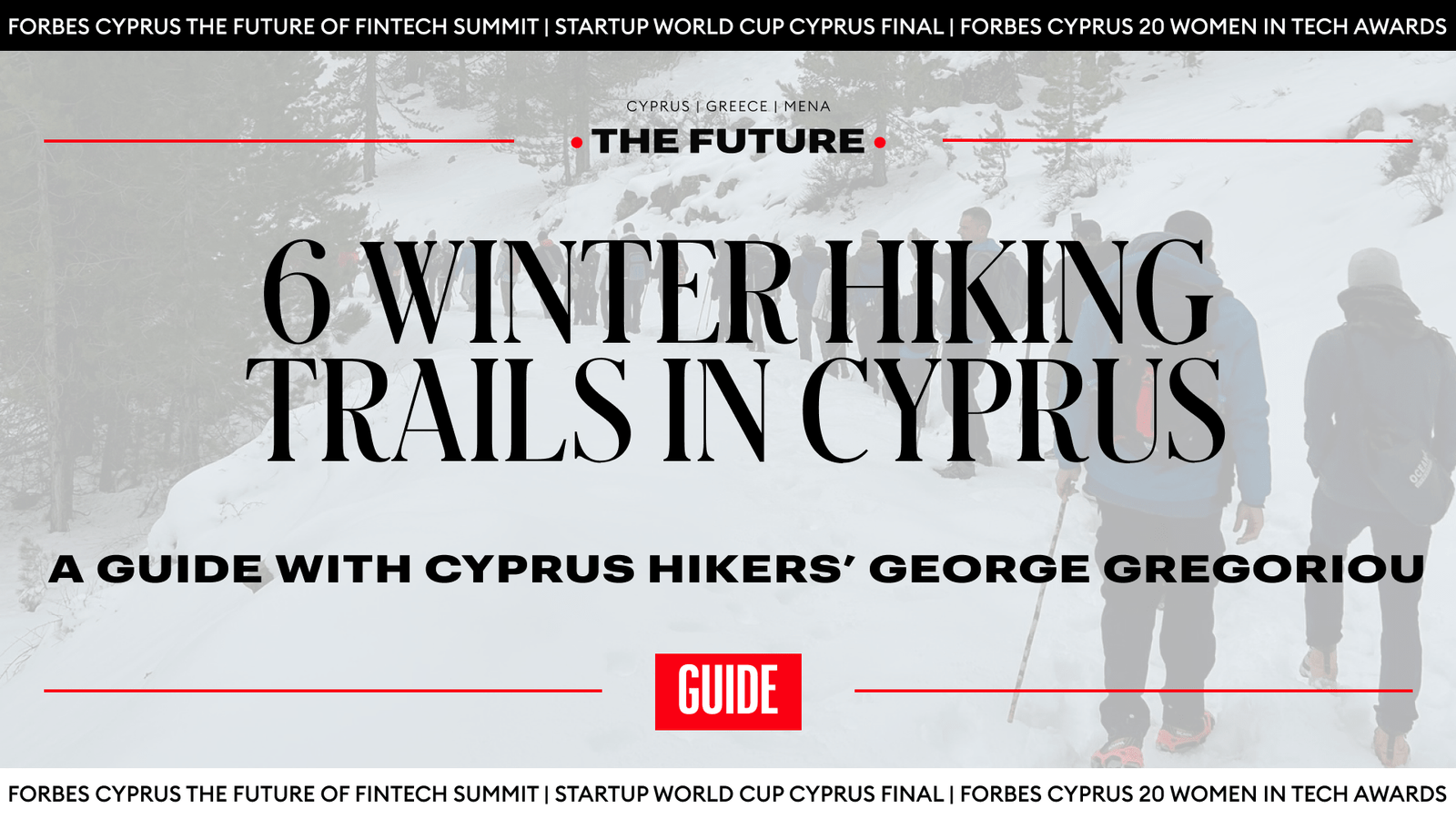Course Details:
- Date: 5-6 February 2025
- Location: Limassol, Cyprus, TBA
- Course Session: 2 days, 3-4 hours per day
- For Whom: Startups, Entrepreneurs, Investors
- Capacity: only 30 seats available.
As a passionate serial entrepreneur and disruptor, Uri co-founded Waze, the world’s largest driving traffic and navigation app, in 2007. The app, nowadays used by more than 750 million drivers around the globe, was acquired by Google in June 2013 for $1.1 billion.
Another of Uri’s achievements is Moovit, known as the ‘Waze for public transportation,’ where he served as the first board member and investor. Moovit, used by more than 750 million individuals worldwide, was acquired by Intel for $1 Billion in 2020.
Follow THE FUTURE on LinkedIn, Facebook, Instagram, X and Telegram
Since the Waze acquisition, Uri has been actively pursuing his dream of creating significant value for large audiences through the series of startups he founded. His vision is intended to disrupt inefficient markets and improve under-functioning services, focusing on solving ‘BIG problems’, and saving consumers time and money while empowering them.
Committed to spreading entrepreneurial thinking, it was only natural for him to take the next step by writing the book, “Fall In Love with the Problem – Not the Solution, a Handbook for Entrepreneurs”
The course
The course will be organized around the key components of building a successful start-up, all with compelling real-world stories of the companies Uri founded. Here is the list of content:
1. Entrepreneurship: Fall in Love with the Problem
Where to start, and how to avoid the trap of falling in love with a “solution” instead of a “problem.” The importance of asking the right questions.
This lesson will disclose the right way to identify a problem and how to validate the idea; to make sure it is a big problem, one that, if you succeed, will disrupt or change the market and put other companies out of business.
It will also help you understand why, when you tell people, “This is the problem I’m going to solve,” the most likely reaction you’ll receive is, “That will never work.”
2. The Journey of Failures
Waze may look like a knock-out success today, but until it got there, it was a trial-and-error journey on multiple levels – first for Product Market Fit, then for the growth process and yet again for figuring out the business model. Uri will review the startup’s roadmap and the realization that building a startup is a journey of failures.
3. The Waze story and lessons to be learned
How the map was created (It started with a blank map and developed the solution of crowdsourcing to create it), the phases Waze founders went through and major milestones on its way to success.
4. Disruption
We will dive deep into the world of disruption, with examples, tips and personal stories from some of my companies, all of which have aimed to disrupt their respective markets. Uri will also address what happens if you don’t have a disruptive idea — should you go ahead with your company anyway?
5. Fundraising (the entrepreneurship rollercoaster in the dark)
Raising money is perhaps the most challenging part of the start-up journey. If you think of a start-up as a roller coaster, fundraising is like a roller coaster in the dark. In this lesson, we will review questions such as the following:
How do you craft an authentic story?
If fundraising is a “Dance of 100 No’s,” how do you keep going when you meet 99 rejections?
Deciphering investor bullshit — the excuses you’re most likely to hear.
Why do investors say yes? Why do they say no? Why do they sometimes move fast and sometimes move so slowly?
The best way to make a winning presentation.
6. Fire and hire
How do you hire the right people for your company? That question is actually backwards. What’s more important is how you fire the right people from your company — and do so quickly.
7. Find your user
In this lesson we will discuss the different types of users, and why in particular you are an excellent sample of just ONE person. How can you learn and understand other users who are not you?
8. Figure out Product-Market fit (PMF)
The most critical part of all start-up journeys is figuring out Product Market Fit (PMF). The good news is that if you figure this out, you’re on the path to success. But if you don’t, you will die.
This lesson is about the critical tool of understanding how to get to Product Market Fit.
9. Design your business model
Building your business model means figuring out how to make money. Not surprisingly, this is going to be yet another journey of failure.
In this lesson, we will discuss how to craft a business model and validate and tune it. It is a process, and if at the beginning of this process, the value of a user seems to be insufficient, by the end of the journey the value will become 10 times that number.
10. Grow your market
Go to Market is the phase where you demonstrate that you can efficiently grow with your users, which basically means having close to zero customer acquisition costs.
This chapter will discuss the differences between organic and non-organic growth, how to accelerate this engagement, what techniques to use, and even the number of times you can tell someone about your app.
11. Go Global
Once you’ve figured out your go-to-market plan, the next question is: Where do you go next? Business development plays a greater role When expanding beyond your home market. This lesson is all about deciding which country to go to next and what strategies will work the best.
Course Details:
- Date: 5-6 February 2025
- Location: Limassol, Cyprus, TBA
- Course Session: 2 days, 3-4 hours per day
- For Whom: Startups, Entrepreneurs, Investors
- Capacity: only 30 seats available.













